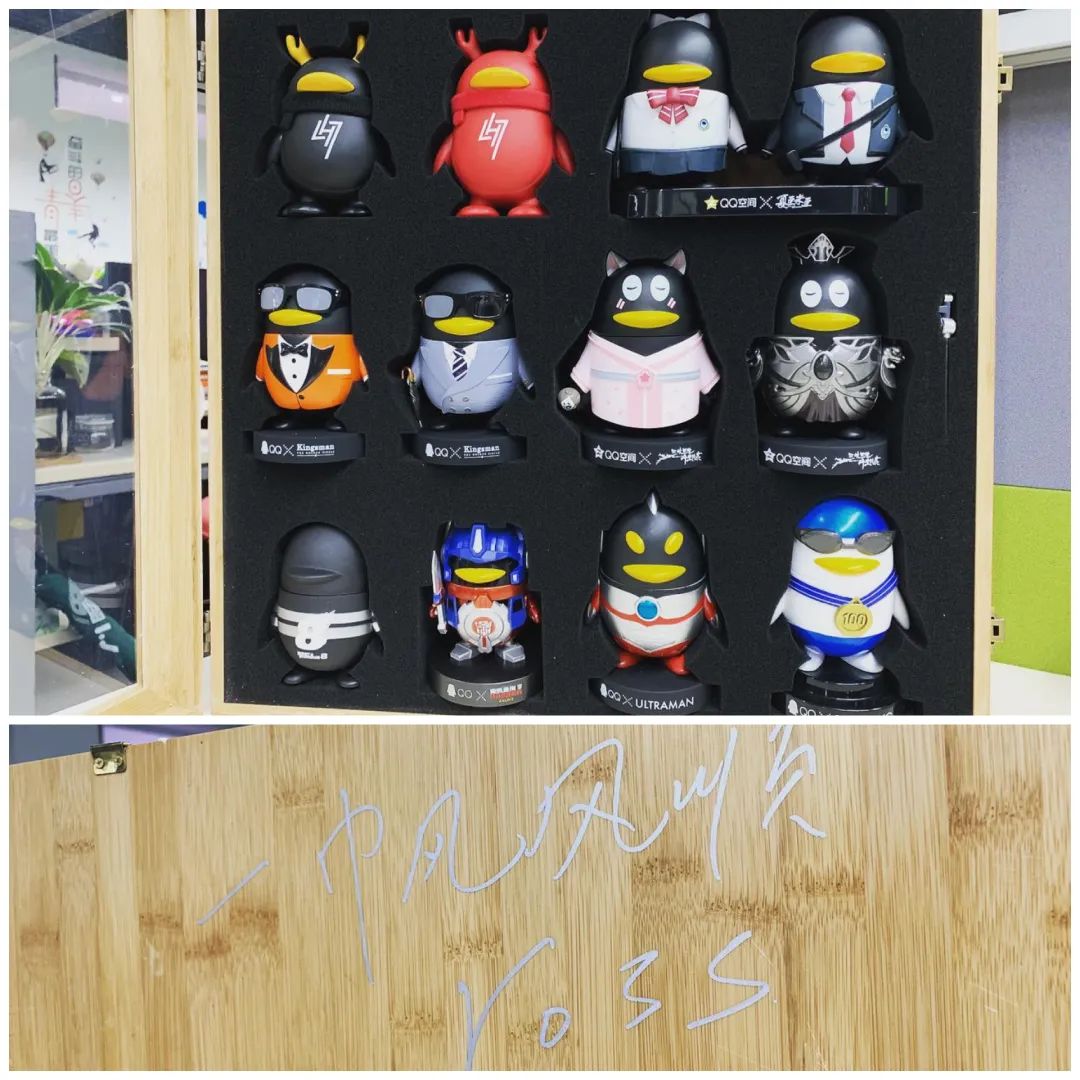weights = tf.placeholder("float",[5,5,1,1])
imagein = tf.placeholder("float",[1,32,32,1])
conv = tf.nn.conv2d(imagein,weights,strides=[1,1,1,1],padding="SAME")
deconv = tf.nn.conv2d_transpose(conv, weights, [1,32,32,1], [1,1,1,1],padding="SAME")
dw = np.random.rand(5,5,1,1)
noise = np.random.rand(1,32,32,1)
sess = tf.InteractiveSession()
convolved = conv.eval(feed_dict={imagein: noise, weights: dw})
deconvolved = deconv.eval(feed_dict={imagein: noise, weights: dw})
I've been trying to figure out conv2d_transpose in order to reverse a convolution in Tensorflow. My understanding is that "deconvolved" should contain the same data as "noise" after applying a normal convolution and then its transpose, but "deconvolved" just contains some completely different image. Is there something wrong with my code, or is the theory incorrect?





